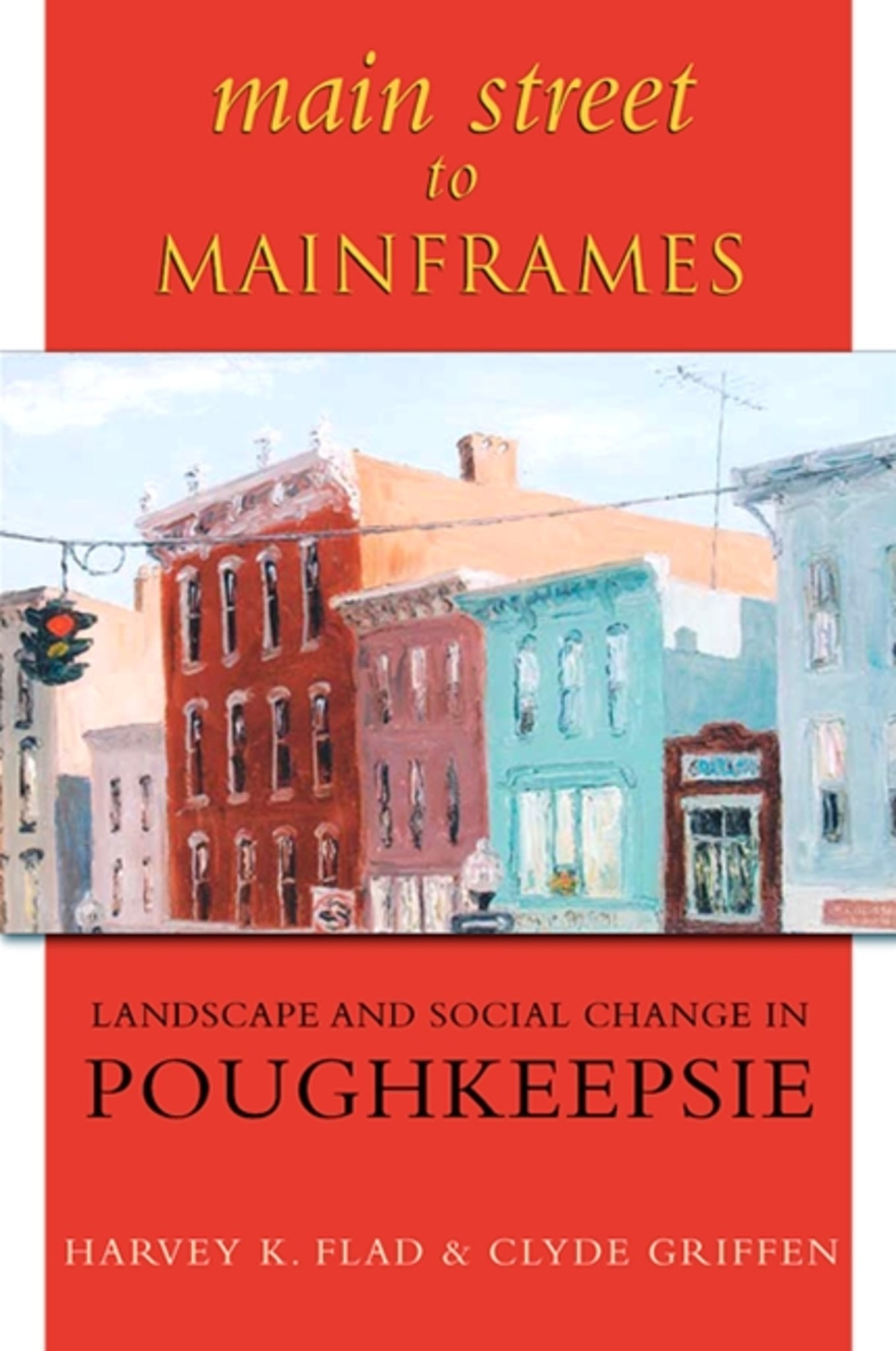We're sorry. An error has occurred
Please cancel or retry.
Main Street to Mainframes

Some error occured while loading the Quick View. Please close the Quick View and try reloading the page.
Couldn't load pickup availability
- Format:
-
07 May 2009

Traces the history of Poughkeepsie’s development from the nineteenth through the twentieth and into the challenges of the twenty-first century.
Main Street to Mainframes is an in-depth study of a small American city and its evolution in the twentieth and early twenty-first century. It describes the economic and social changes, as well as the challenges that face the community. This includes Poughkeepsie's unique history and characteristics, as well as trends that are common in many other communities. The text integrates both social history and spatial analysis, describing the city’s physical form through time along with its economic growth, decline, and efforts at renewal post-COVID-19 pandemic. The historical narrative is followed by an appendix containing examples of cultural features unique to Poughkeepsie’s past and present, with questions that can serve as discussion points for readers and groups.
As an exploration of a small city that has undergone many of the social and economic problems of much larger urban systems, this book adds important insight into the organic nature of urban systems, including issues of immigration, ethnicity and race, housing and the unhoused, health care, and economic changes in the nation, especially in the growth of the creative and arts-centered economy.


FROM THE REVIEWS OF THE FIRST EDITION
"With an intimate knowledge of the region, [the authors] have compiled a detailed account of their hometown and the surrounding mid-Hudson River valley hinterland. … Flad and Griffen chronicle some of the most important trends that have affected not only Poughkeepsie but other older cities in the northern United States." — Journal of American History
"An ambitious examination of Poughkeepsie and the broader Mid-Hudson region in the nineteenth and twentieth centuries. … Flad and Griffen bring to their study a devotion to Poughkeepsie as community and shared landscape and present a compelling argument for why understanding history is essential to shaping a more inclusive society and economy in the decades to come." — Hudson River Valley Review
List of Illustrations
Acknowledgments
Introduction
Part I. Before 1900
1. The Valley Setting
2. Poughkeepsie Grows from Village to City
3. Improvements and Conflicts in the Late Nineteenth Century
Part II. A Diversified Industrial Economy and Society
4. The Cityscape at the Turn of the Twentieth Century
5. A New Wave of Immigrants Changes the Citizenry
6. Municipal Reform and Urban Planning
7. Changes to the Space Economy Between the Wars
8. Business and Labor in the 1920s and 1930s
9. Depression in FDR’s Home County
Part III. IBM Remakes the Region as Its Largest Employer
10. Technological Revolution Transforms the Region: IBM
11. IBM Triumphs with the 360 Mainframe Computer
12. The Quest for Inner-City Revitalization: Urban Renewal
13. Social Planning—The Model Cities Experiment
14. Issues and Causes of the 1960s
15. Change in Higher Education in the Valley
16. IBM Downsizes, but the Valley Recovers
Part IV. Postindustrial Poughkeepsie and the Valley
17. The Nonprofit Service Sector Grows in Importance
18. Main Street Struggles to Return Amid Suburban Sprawl
19. Civic Identity and Social Change in the 1990s
20. City and Region at the End of the Twentieth Century
21. Main Street and the Twenty-first-Century Cultural Landscape
Epilogue Main Street Revisited
Notes
Annotated Bibliography
Index



